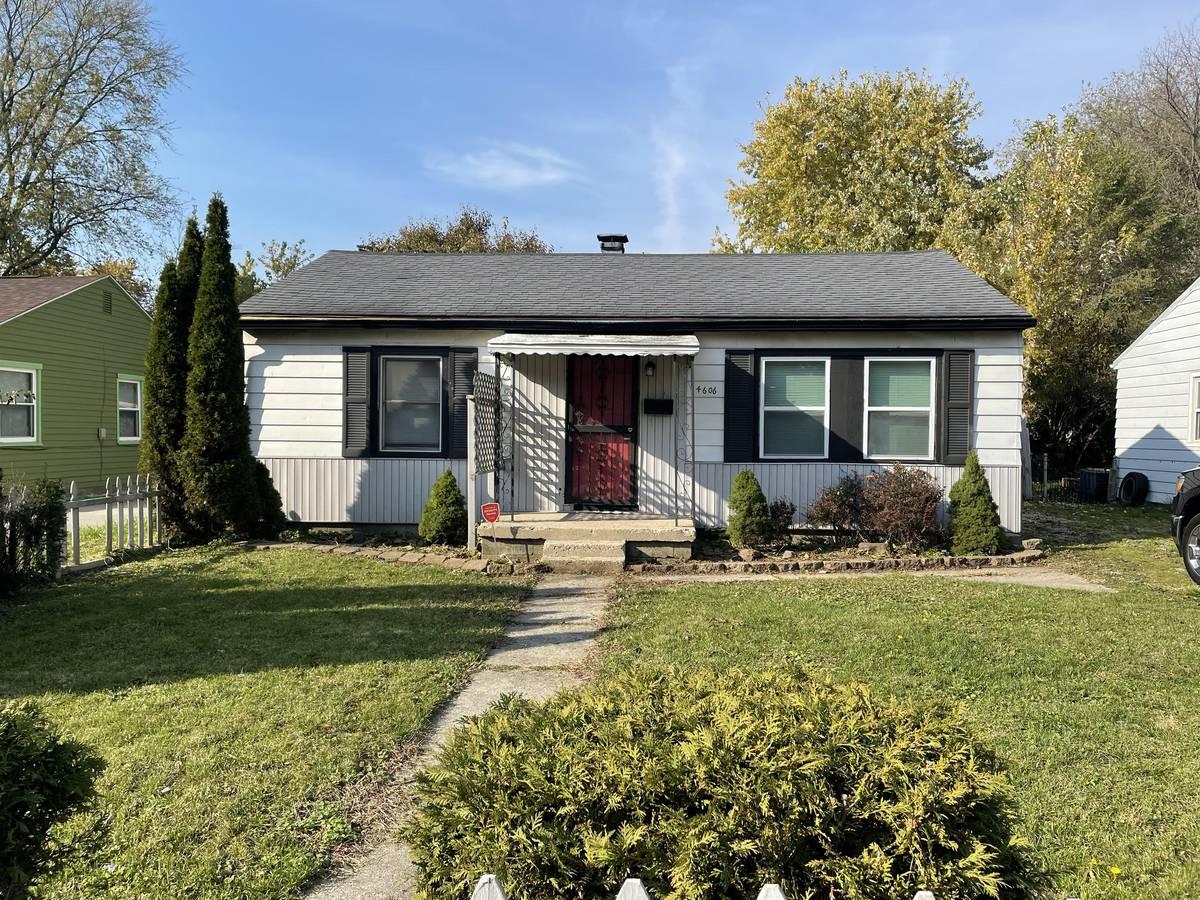Midterm rentals (MTRs) are becoming an increasingly attractive revenue stream for real estate investors.
Filling the gap between short-term vacation rentals (STRs) and long-term residential leases, midterm rentals appeal to a more diverse tenant base. They also incur lower maintenance costs, provide steady income, and require less work.
As the demand for flexible housing options surges, midterm rentals are experiencing more growth in 2024, with many investors already capitalizing on this trend.
But what exactly are midterm rentals, and should you consider adding them to your portfolio if you already own a short-term rental?
What is a midterm rental?
Midterm rentals typically house renters for several weeks to a few months and cater to a growing niche of renters, including professionals on temporary assignments, remote workers exploring new locations, and those experiencing a change in their lives. They offer the flexibility of short-term contracts without long-term commitments, making them an attractive housing option.
This flexibility benefits both the tenants and hosts, leading to a trend of modern investors frequently shifting their properties between short-term and mid-term rentals.
For short-term rental property owners considering the shift to midterm rentals, this option offers the best of both worlds. Properties in tourist destinations and large cities can generate high revenue during peak seasons and maintain income stability during the off-season.
Transitioning from STRs to MTRs
Property owners can find plenty of benefits in switching from short-term and mid-term rentals.
Midterm rentals offer benefits similar to long-term rentals, such as income stability, without the full commitment of year-long leases. For those seeking a “happy medium,” midterm rentals are worth exploring for several reasons:
- Steady Income with Less Management: Midterm rentals reduce frequent turnovers, minimizing the time spent on advertising, vetting guests, handling check-ins/check-outs, and managing maintenance.
- Less Wear and Tear: Fewer guest turnovers result in less wear and tear, reducing cleaning needs and potential damage.
- Predictable Utility Costs: Unlike short-term rentals with variable utility usage, mid-term rentals offer more predictable utility costs.
- Longer Relationships: Longer stays foster better relationships with guests/tenants, making it easier to establish communication norms and understand expectations.
- Filling Off-Peak Gaps: Mid-term rentals can ensure occupancy during off-peak seasons for properties in seasonal destinations.
- Different Guest Demographics: Midterm renters, such as international students or traveling nurses, often have different needs and behaviors than short-term vacation renters, seeking a comfortable “home” for a few months.
Navigating the grey areas of MTRs
Operating a mid-term rental requires balancing the dynamics of both short-term and long-term rentals. This unique rental opportunity comes with perks, but property owners must navigate the nuanced responsibilities of both rental types.
To provide clarity in these areas, focus on:
- Setting clear expectations
- Maintain effective communication
- Signing a written rental agreement
Who cleans the home?
One challenge in midterm rentals is determining responsibilities. In short-term rentals, the property owner or manager handles cleaning due to quick turnovers. Long-term tenants are responsible for cleaning their residences.
In midterm rentals, responsibilities can be unclear. Some hosts prefer to schedule professional cleanings on a bi-weekly basis to keep their residents happy. Other hosts require tenants to maintain the cleaning responsibilities.
Maintenance Alerts
Another grey area is determining who reports maintenance issues. In short-term rentals, the owner or manager detects possible repairs. In long-term rentals, tenants notify the landlord and submit maintenance requests. Midterm rentals blur these lines. Typically, maintenance requests are submitted by residents living in midterm rentals.
Learn more at PadSplit.com
To learn more about how to increase your revenue with midterm rentals, visit PadSplit.com today.


